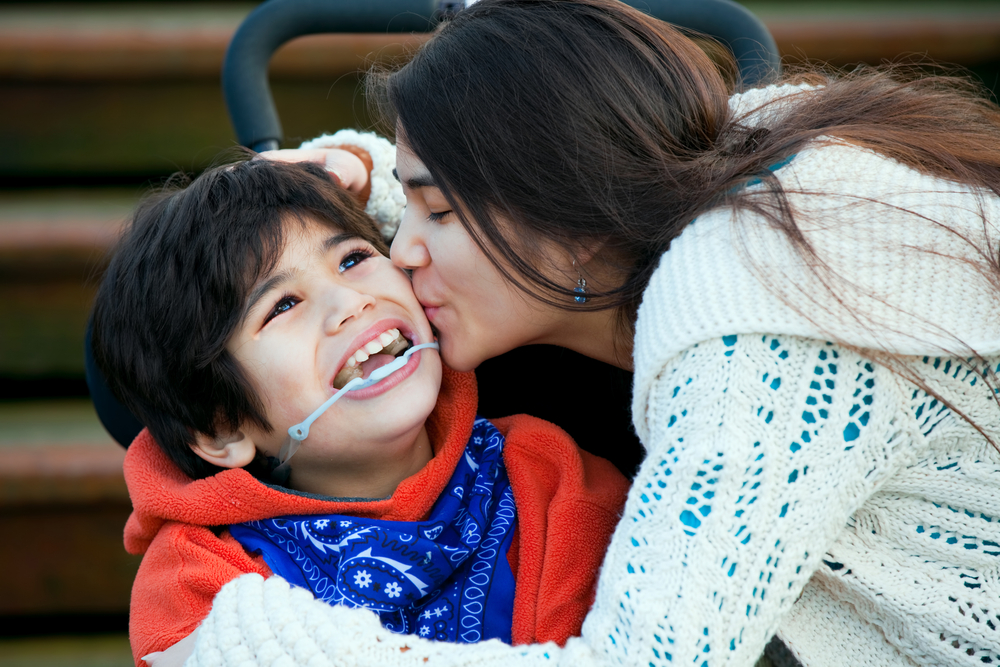Kids with Cerebral Palsy Show Combined Effects of Disease Severity, Bone Density in Study

Children with cerebral palsy (CP) have low bone density, greatly impacted by the severity of the disease, according to a new study.
Low bone mineral density (BMD) is a major health concern among children with CP, and bone fracture incidence in these children is reported to be around 15.7%. Because of this, researchers investigated the effects of motor impairment on BMD.
The study, “Motor impairment and skeletal mineralization in children with cerebral palsy,” was published in the Journal of Pakistan Medical Association.
A total of 86 kids, ages 2 to 14 (45% were male and 55% were female), were evaluated for motor function and BMD.
The study was conducted at the Pakistan Armed Forces Institute of Rehabilitation Medicine, and the children were divided into two groups based on the gross motor function classification system (GMFC): mild CP (GMFC levels 1 and 2) and moderate to severe CP (GMFC levels 3 to 5).
The GMFC identifies CP levels 1 and 2 as ambulatory (“community” and “home,” respectively); level 3 corresponds to wheelchair-dependent; level 4 to wheelchair-bound; and level 5 to those who are completely bedridden.
Bone mineral density z-scores were measured at the lumbar spine with a dual-energy x-ray absorptiometry (DEXA), in which software converts BMD values into z-scores normalized for age and gender. A z-score of less than -2.0 is considered low BMD.
The analysis showed that in mild CP cases, the mean BMD z-scores were -1.50, while those with moderate to severe CP had a mean z-score of -2.40.
Each level of motor function showed progressively poorer z-scores from -1.30 at level 1 to -2.80 at level 5. There was one exception showing no significant difference between levels: ambulatory level 2 and wheelchair-bound level 3 children.
Researchers also found a significant difference between BMD in age groups. Those from 2 to 7 years old had mean BMD z-scores of -1.95, while those age 7 and older had mean z-scores of -2.56.
“Because of the possibility of deterioration in bone microarchitecture in childhood, early osteoporosis diagnosis is critical for timely execution of preventive measures,” the researchers wrote.
“Identifying a clinical problem always raises the issue of treatment. Treatment options for low BMD in these children are physical therapy, calcium/vitamin D supplementation, nutritional interventions and medications like bisphosphonate, which are commonly in practice for the treatment of osteoporosis in the elderly,” the authors added.
The team also recommended that additional studies should be conducted “to evaluate BMDz-scores at other skeletal sites and then compare bone mineralization [density] at different skeletal sites at different levels of functional status …” as a way to gather more comprehensive data to develop effective clinical treatments.
